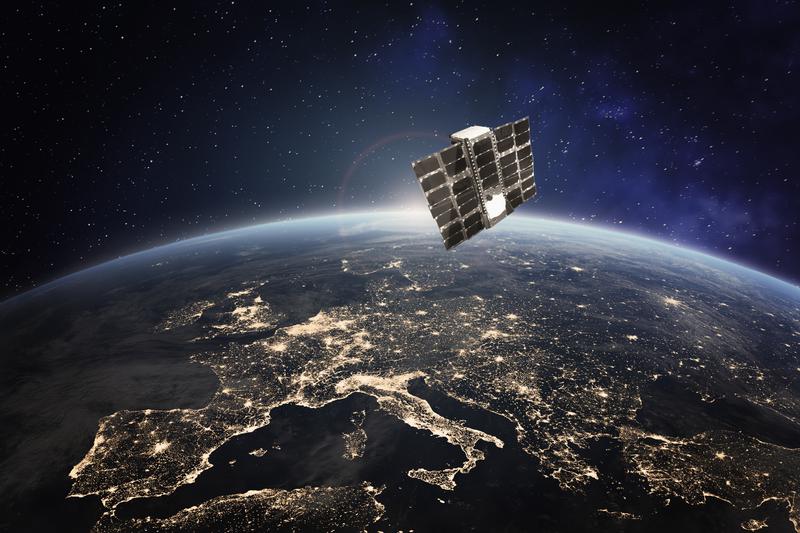Catalonia's first nanosatellite returns to atmosphere after completing three year mission
Enxaneta burns up 'safely and sustainably,' leaving no space junk in Earth's orbit

The first nanosatellite launched by Catalonia, 'Enxaneta', has completed its mission and disintegrated after re-entering the Earth's atmosphere on Monday successfully and sustainably.
Three years after being launched into orbit, Enxaneta disintegrated upon contact with the upper layers of the planet's atmosphere without leaving a trace of space junk in orbit, as requested by the European Space Agency.
During this period, the nanosatellite fulfilled the main objective of its mission, which was to improve IoT (Internet of Things) connectivity and collect data from about 100 sensors spread across Catalonia, monitoring water level in rivers, pollution and wildlife.
Enxaneta was launched from the Baikonur space station in Kazakhstan on March 22, 2021, to become the first Catalan nanosatellite to reach space.
Catalan officials leading the project remarked that the successful Enxaneta mission consolidated a new technology that allows operators to connect to the satellite network when they need 5G coverage to offer connectivity.
Sustainable re-entry to atmosphere
Catalonia's sitting business minister, Roger Torrent, said that the satellite has been disposed of "in a sustainable way," since its re-entry into the atmosphere has been "totally aligned" with the European recommendations for space junk mitigation.
Enxaneta began its end-of-mission phase in mid-April, and since then it has been losing altitude until re-entering the Earth's atmosphere and disintegrating completely.
The end of its mission was "controlled and rapid" and avoided collisions with small fragments and other satellites and manned spacecraft.